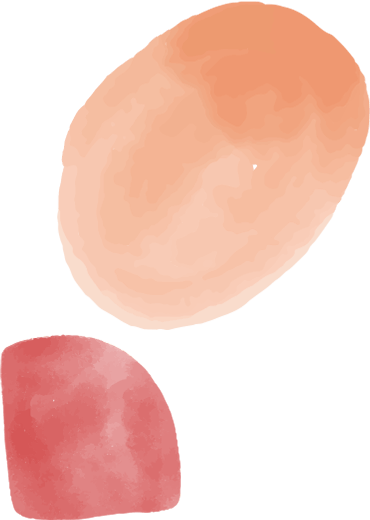Inequity for Women
FAIR Time for Women is building a grassroots movement to advance equitable access to diagnosis, care and treatment for women, girls and those assigned female at birth with bleeding disorders such as Hemophilia, Von Willebrand’s Disease, Platelet Storage Pool Disorder, Glanzmann’s Thrombasthenia and others.

Our Core Focus
Diagnosis
• Reduce the age of diagnosis
• Advocate for best practices for diagnosis
• Improve diagnosis rate
• Communicate and advance effective terminology of female diagnosis
Treatment
• Ensure fair and equitable access to treatment options are available across all genders
• Improve standards of treatment options focused on diagnosis and symptoms
Care
• Ensure equitable care for all with a diagnosis and / or symptoms
• Increase number of healthcare providers that treat females
• Medical school adoption of curriculum that includes women
• Increase sharing of research addressing females


Research and Lived Experience
* Enough is not known about the experiences of women living with bleeding disorder.
* Where comparisons with controls were made, women’s negative experiences were greater than those of men
* Diagnostic delay and lack of recognition of symptoms mean treatment and support may not be available or accessible for women
* Women with a bleeding disorder experience delayed diagnosis, stigma, reduced access to health care, and poor mental health


About Bleeding Disorders

Bleeding disorders are a collection of mostly rare disorders that share the inability to form a proper blood clot. Extended bleeding after a surgery, injury, trauma, or menstruation is common in bleeding disorders but bleeding can also be spontaneous, without an identifiable cause. The intensity of disease symptoms and severity can be categorized as mild, moderate, or severe.
Two of the most known bleeding disorders are hemophilia and von Willebrand disease. The most widely known bleeding disorder is hemophilia which has long been diagnosed in males. Von Willebrand disease (VWD) has a more common prevalence but is lesser known.
Due to the X-linked nature of hemophilia, it was assumed that women could carry the hemophilia gene but their dual X chromosomes would protect them from having low factor levels and disease symptoms. While true in some cases, it has been found that women can have low clotting factor VIII and IX protein levels despite two X chromosomes. In the past few decades, it has been acknowledged that there are a great number of females who are also impacted by a variety of bleeding symptoms. VWD disease is where the blood also doesn’t clot properly, due to a low level of VWF or a VWF protein that does not work properly.
Latest Women’s Bleeding Disorder News











